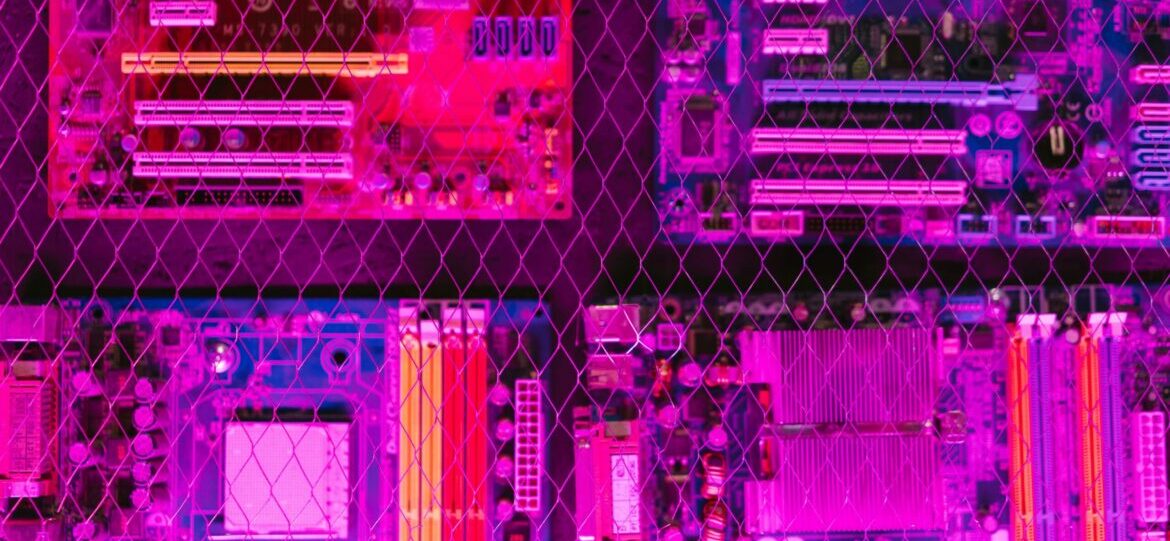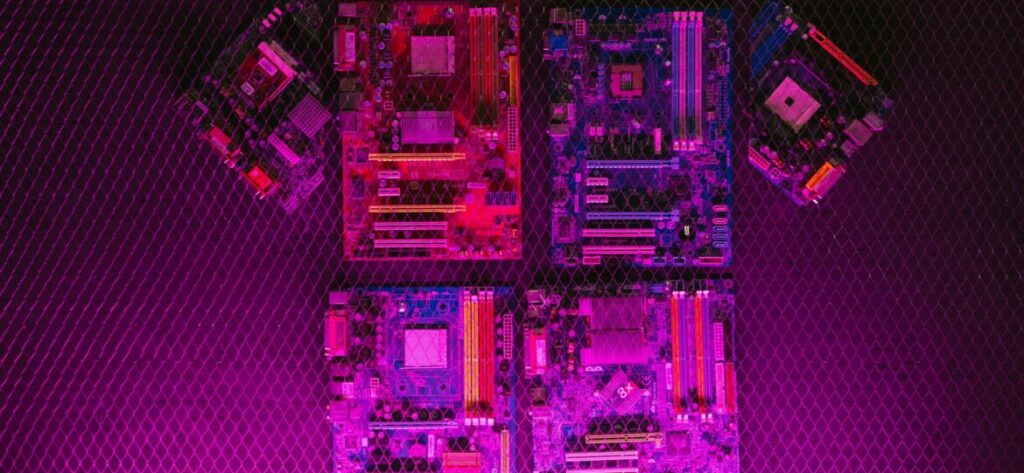November_FPGA Topics|Global FPGA Technology Development Overview(Next)
In terms of technology development, FPGA development aims to replace ASICs. Before 2000, FPGA vendors generally converted the logic unit capacity of their products into the number of gate electrodes to facilitate customers to compare their products. At that time, most of the electronic products with complex functions used millions of gate electrodes of ASICs and ASSPs, and FPGAs with only 200,000~500,000 gate electrodes were unable to enter into the market, so increasing the number of gate electrodes became the main axis of FPGA technology development in the 1990s. Therefore, increasing the number of gates became the main axis of FPGA technology development in the 1990s. By improving the internal structure through the number of LUT inputs, clustering structure, connection lines, etc., together with the fast-developing semiconductor process technology, finally, in the late 1990s, Xilinx and Altera developed million-gate FPGAs, which began to accelerate the replacement of ASICs and ASSPs, and therefore, after 2000, FPGA vendors have been using millions of gates to replace ASICs and ASSPs. Therefore, after 2000, FPGA vendors switched to using the number of logic cells as the basic capacity indicator. Xilinx, for example, initially used 1 LUT4+1 register as the basis for calculation, but with the introduction of LUT6 and the growth in the number of registers and MUXs, the logic unit is now able to achieve the function of multiple LUT4+ registers. In the mid-1990s, vendors found that customers would frequently use LUTs as memories when using FPGAs, which resulted in the shortage of capacity. In the mid-1990s, vendors found that customers would frequently use LUTs as memory in FPGAs, taking up many logic units, resulting in insufficient capacity. Therefore, vendors began to add frequently used functions into FPGA hardware to significantly increase computing performance, so after 2000, increasing the integration level became the main axis of FPGA technology development. Therefore, the main performance items of FPGAs are process technology, logic unit, programmable input/output unit, power consumption, computing power, and embedded functions, which are described as follows.










